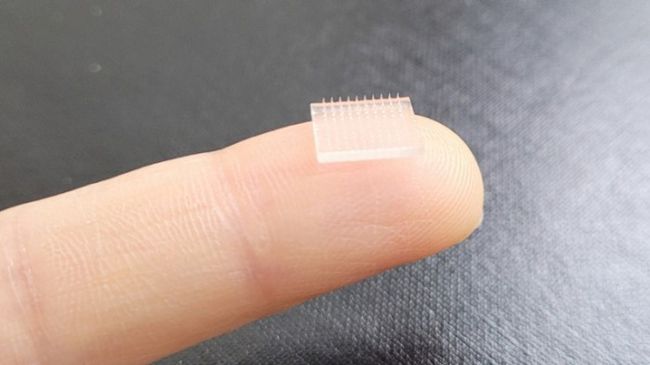Scientists may have found a better way to administer vaccines that don’t require injections, BGR reports.Scientists at Stanford University and the University of North Carolina at Chapel Hill have created a vaccine patch that they say is faster than the
standard
Injectables provide greater protection.This patch is3D printingYes, it needs to be applied directly to the skin. The skin is filled with immune cells that vaccines normally target, so the ability to deploy doses directly on the skin has proven to be highly effective in test cases.

The report from the Proceedings of the National Academy of Sciences also showed some interesting results. The vaccine delivered by the patch is ten times more effective than the vaccine injected into the arm muscle with a needle. The method is a breakthrough in vaccine delivery. There are several microneedles on the bottom of the patch. These needles are barely long enough to reach the skin, so they don’t penetrate deep into the body. This allows for more efficient delivery.
“In developing this technology, we hope to lay the foundation for a more rapid global vaccine development, at lower doses, in a painless and hassle-free manner,” said Joseph M. DeSimone, lead author of the study. DeSimone is a Stanford University researcher. University Transformation
medicine
and Professor of Chemical Engineering and Professor Emeritus at the University of North Carolina at Chapel Hill.
The advantages that vaccine patches can bring are enormous. People usually need to go to a clinic or hospital to be vaccinated. As far as the COVID-19 vaccine is concerned, many places have already had people vaccinated elsewhere. A doctor or healthcare worker needs to get the vaccine from the refrigerator or freezer and inject it into a syringe. This requires trained professionals, as well as access to proper storage.
Unlike needles, patches can be provided anywhere.The patch also means less waste, as there is no need to
post-processing
Needle. Patches can also help ease fear of needles because they don’t require a needle stick to get a vaccine. Other methods of injecting vaccines scientists have discovered include the use of robots to deliver vaccines without the use of needles.
(responsible editor: admin)


0 Comments for “Scientists create 3D printed vaccine patches that offer better protection than typical vaccine shots”